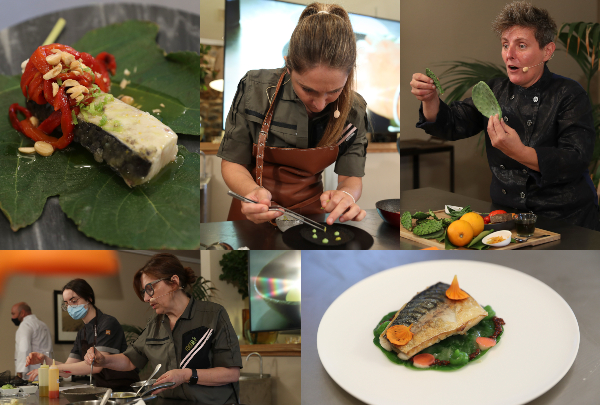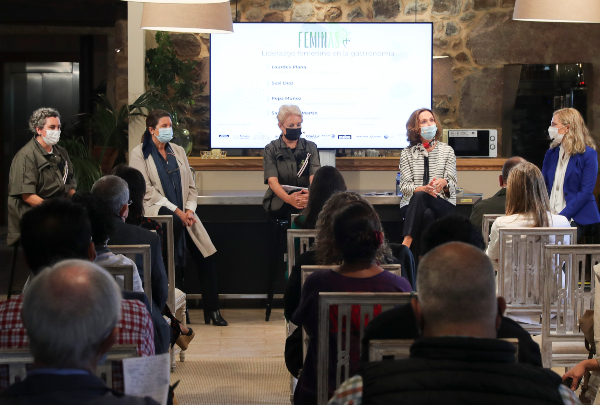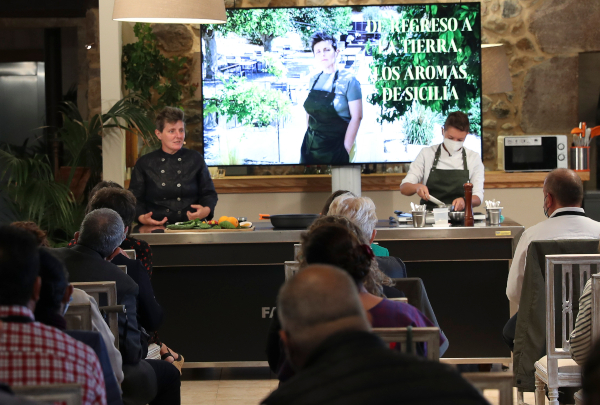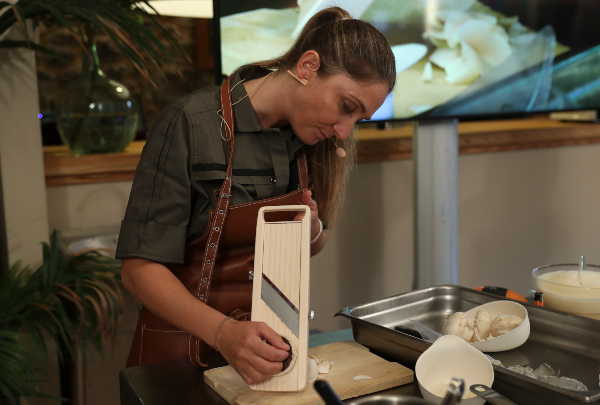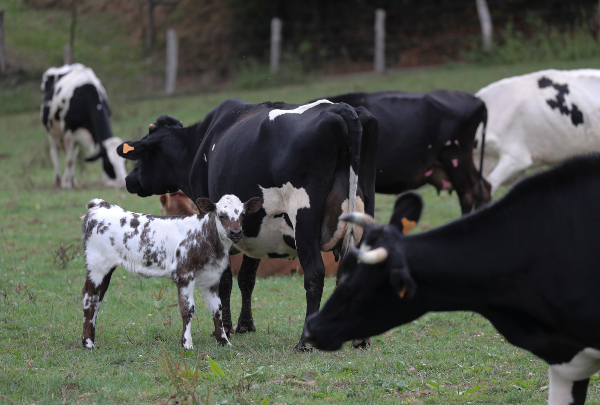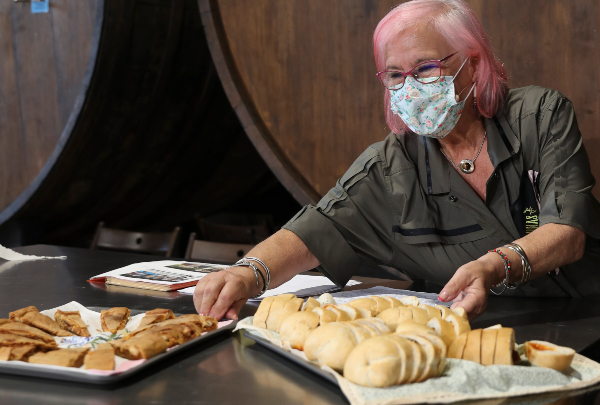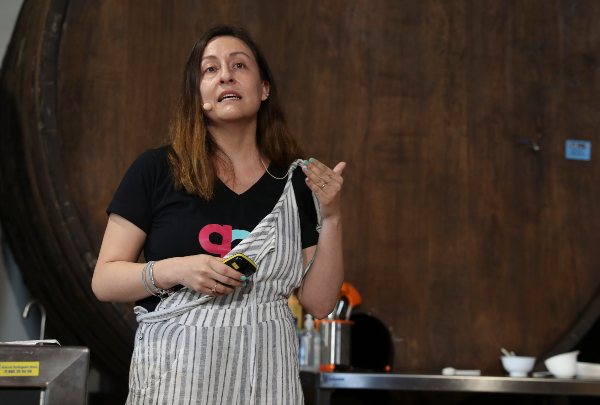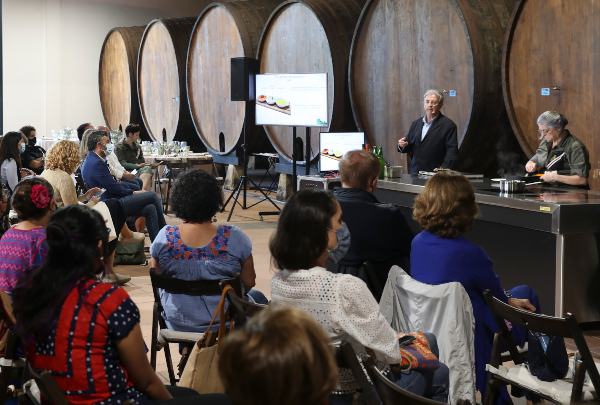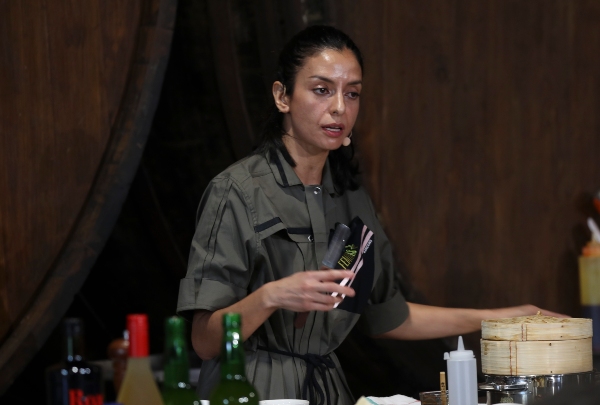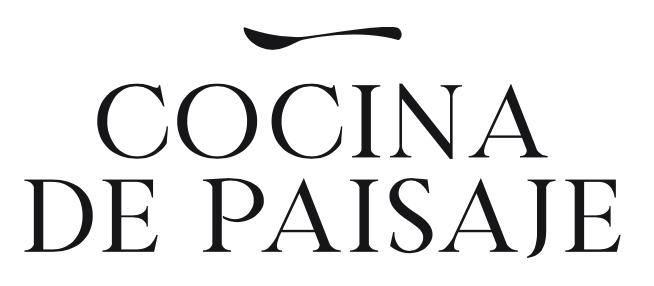News
Esther Manzano: “we use lowly products that have always been a feature of our surroundings”
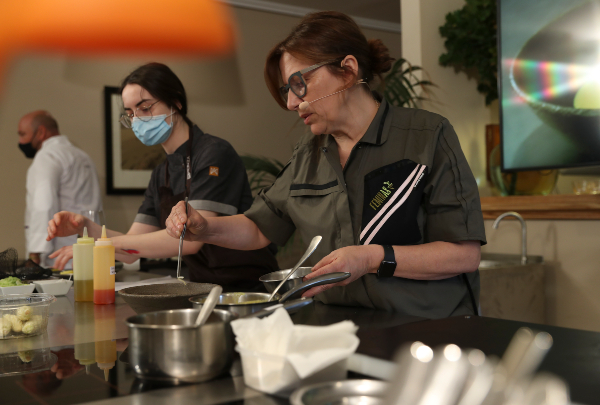
Esther Manzano kicks off the third and last day of the FéminAs congress, recreating three recipes on her restaurant menu inspired by her rural surroundings, the produce it offers her, and her experiences in life.
“I'm from a rural environment, and I've always loved it", says Esther Manzano right at the start of her talk. She's the second of four siblings and, even though as a little girl she "messed around" with cookery in the kitchen alongside her mother, she never thought it would be her profession. In fact, when she started work with her siblings at what is now Casa Marcial, she combined her stints in the kitchen with an administrative job at her local town hall. But in the end that childhood among pots and pans finally prevailed. “I realised that what I liked doing was feeding customers, and so I decided to put all my time into it, and I left the town hall", said Esther.
The childhood that shaped her future not only featured a culinary legacy, but also scenery, territory and a rural environment. “My family ran a bar-cum-shop where you could buy practically anything at all. And they also worked the land and had cows and pigs, and so our memories also have a link to the countryside". This was to become just one more ingredient in the restaurant's menu right from the start.
Nacho Manzano was the first member of the family to get into cooking, and he came up with the idea of a culinary project that was undertaken by all four siblings. Since then it has been transformed into a signature establishment, and has expanded with other outlets such as Gloria (in Gijón and Oviedo), La Salgar (Gijón) and Narbasu (Cereceda). Narbasu is an ambitious project with a restaurant, a hotel and 20 hectares of land, where they have plans to set up an ecological garden to recoup plant varieties, with animals and fruit trees, and possibly even beehives. The idea is for the land to supply all their businesses. “I've felt this was my home from the day we set foot here. It's a place to disconnect and rest. It's me that's always loved the countryside, and being surrounded that that is like going back to my rural childhood", said Esther.
The Asturias chef admits that when they were setting up the future Casa Marcial, they were adamant that the menu would feature the resources of the local environment, and that the fare would be inspired by traditional recipes. But the culinary boom generated by the arrival of Ferran Adrià made them wonder whether they had gone down the right path. “At one point, when the elBulli restaurant emerged, we wondered whether we were doing the right thing. We finally realised that this was exactly what identified us, that was our essence, and so we felt good about it”.
Esther offered up three recipes during her talk: Faba beans and maize; "llámpara" limpet aspic and "xarda" mackerel. “They're all lowly products, but that's what we always had at home". The produce of her childhood, family recipes they have succeeded in updating with just the right amount of creativity.
Concerning faba beans and maize, the chef explains that they grew both of these at home, and gramineae plants were used to make maize flour "tortos". “"Tortos" have been a feature of our restaurant from the very start. And, in fact, I would say that we brought them to the cookery scene because before that nobody was offering them at their restaurants", says Manzano.
The second recipe, "llámpara" aspic, goes back to when she met her husband. “When I got married, I went to Tazones and found that my mother-in-law, who's a great cook, made food that was totally different to the food we ate at home. But the same thing was true 3 km away - daily recipes were totally different. There I discovered the diversity of gastronomy in Asturias”, she admits. Esther points out that it is essential to select a good mollusc. "This limpet is a very special product which is hardly ever picked now because not only is it dangerous, but it's not as profitable as others. You have to choose it carefully, and take care while cooking it. We almost infuse it", she told the congress. The algae that sticks to the limpet's shell helps it gel when stock is being made, and so each time they want this kind of preparation they choose the shells with most greenery attached to them.
For the third recipe, "xarda" or mackerel, as it is known in other regions, is served on a nasturtium leaf. This peppery herb may be unpleasant if it is not accompanied by a proper dressing. Esther recommends bathing it in olive purée.
A demonstration that cookery with humble products is haute cuisine too. And perhaps with greater merit.

